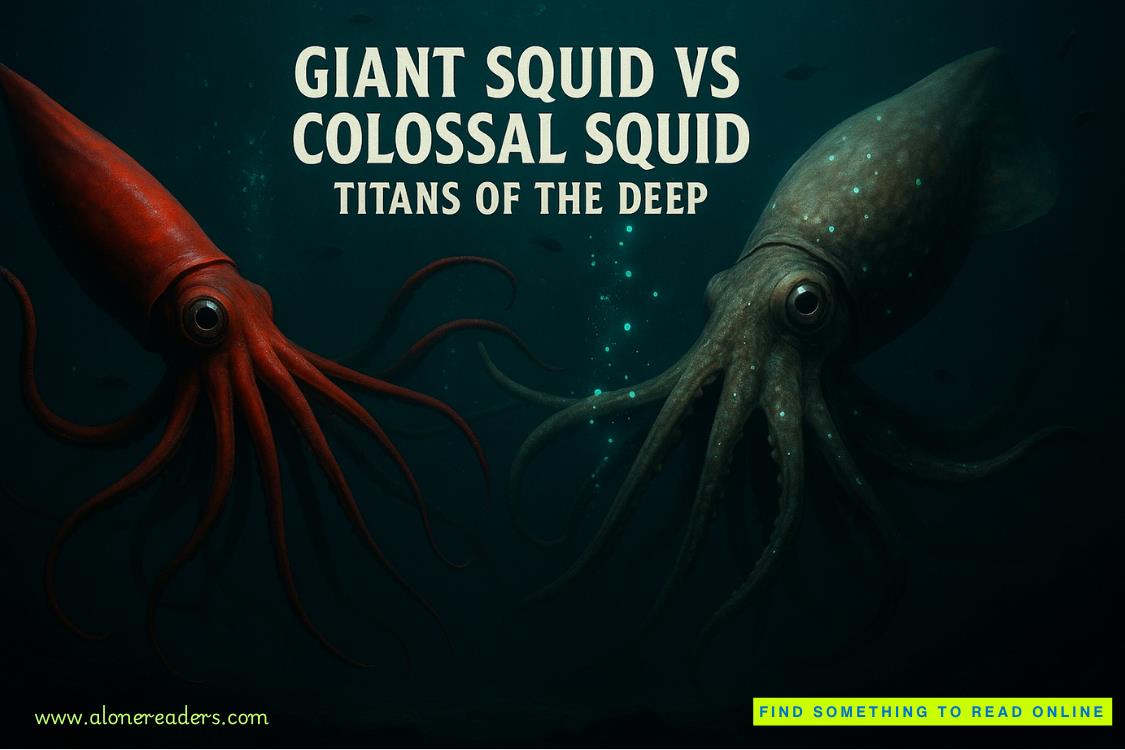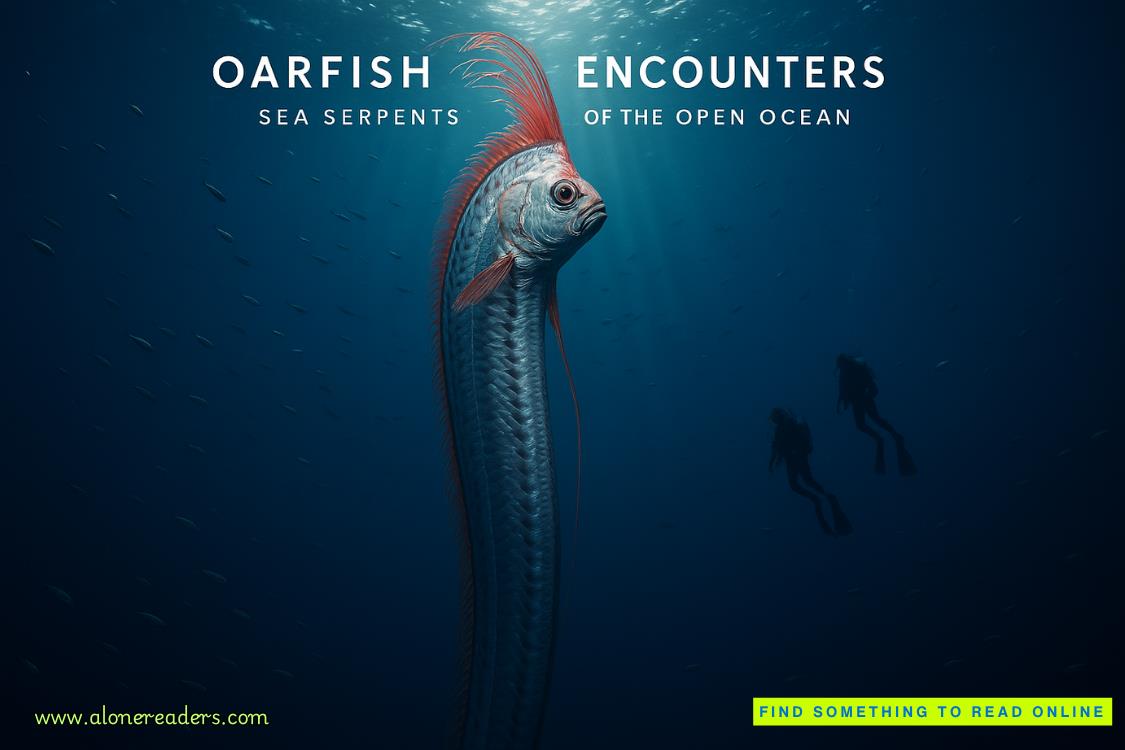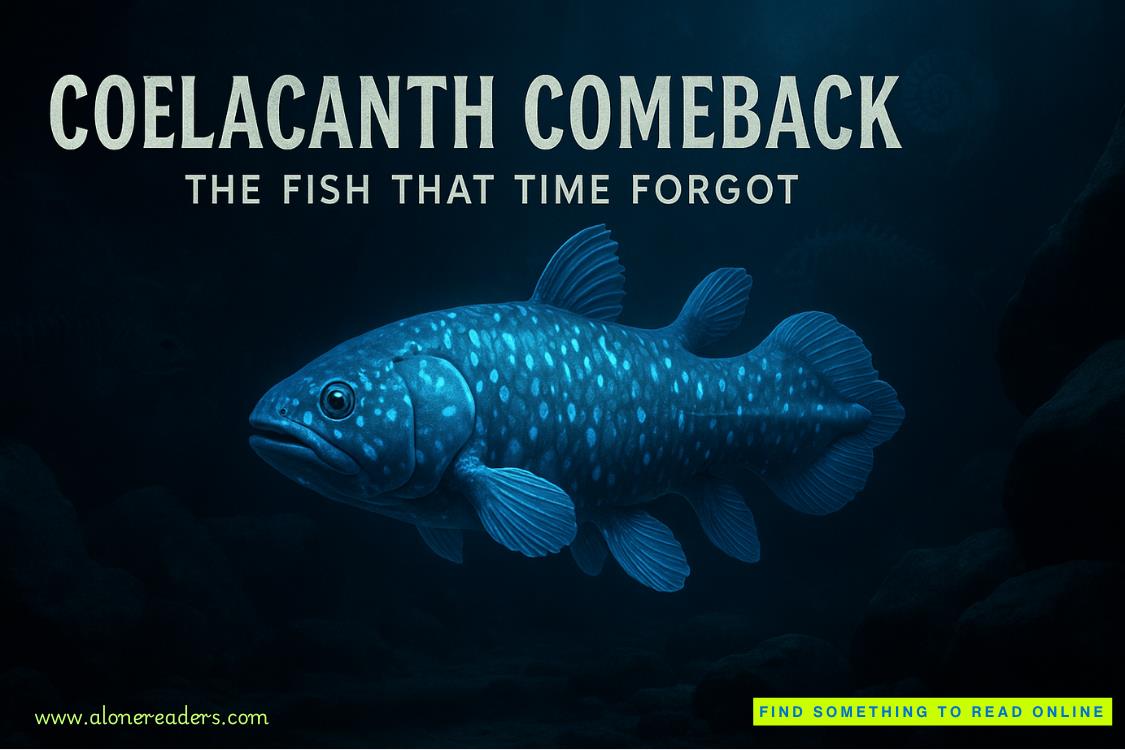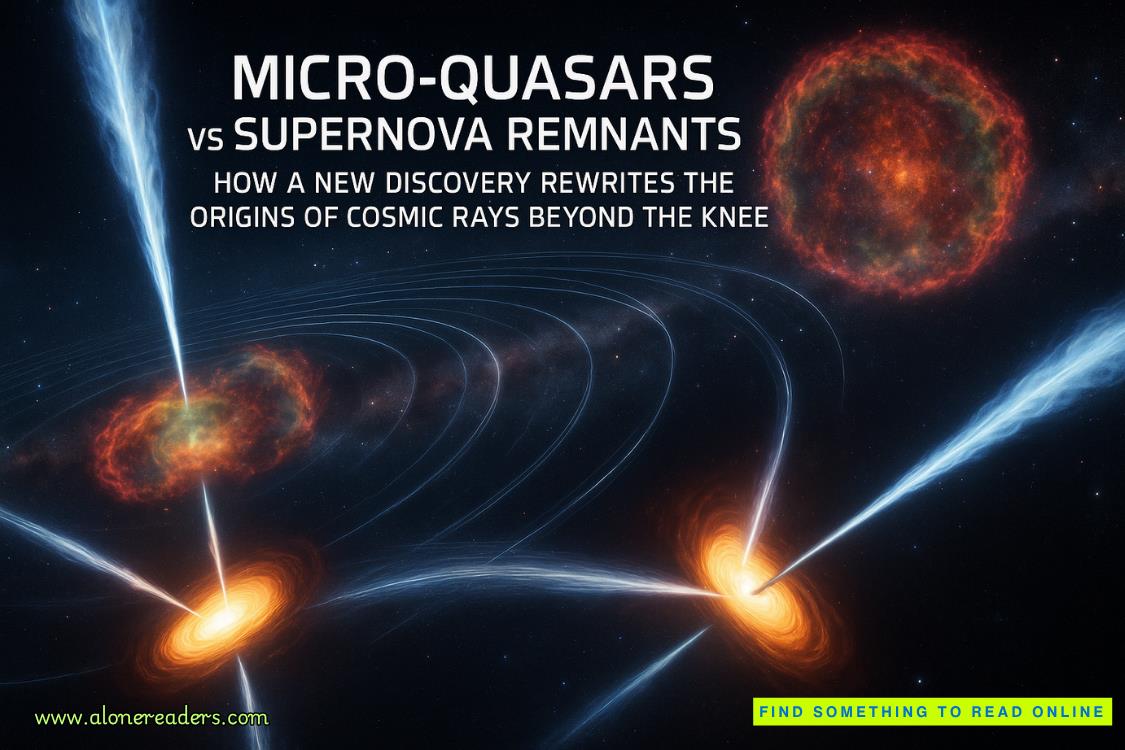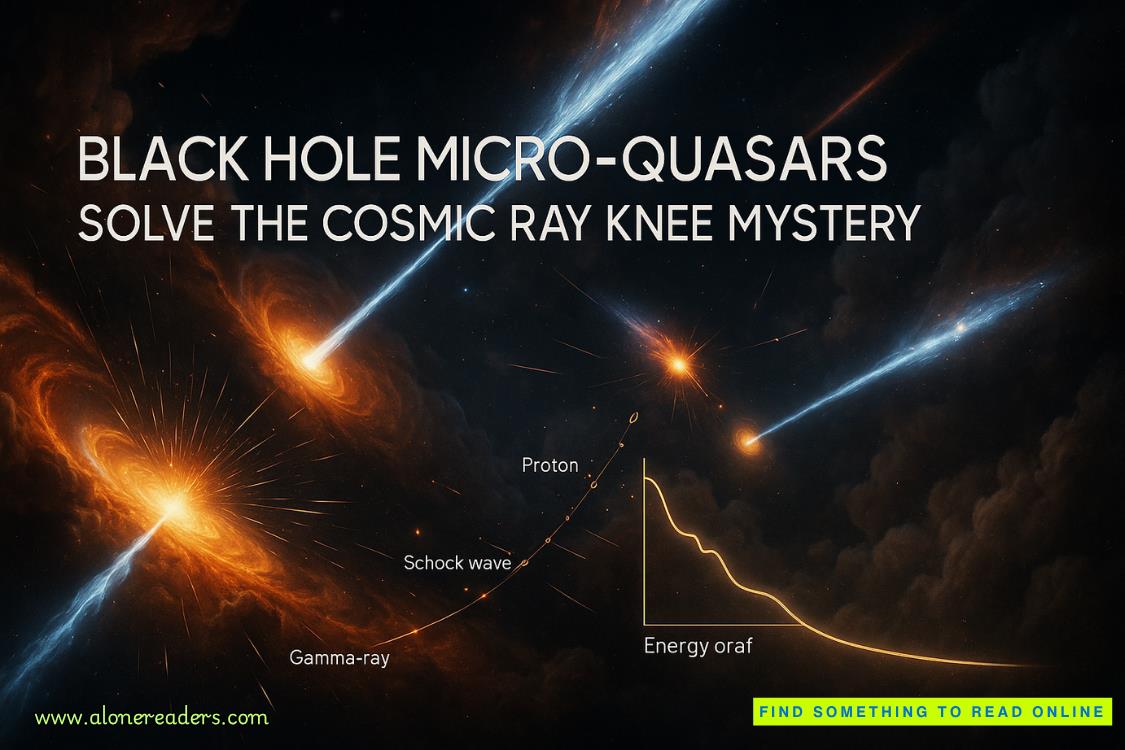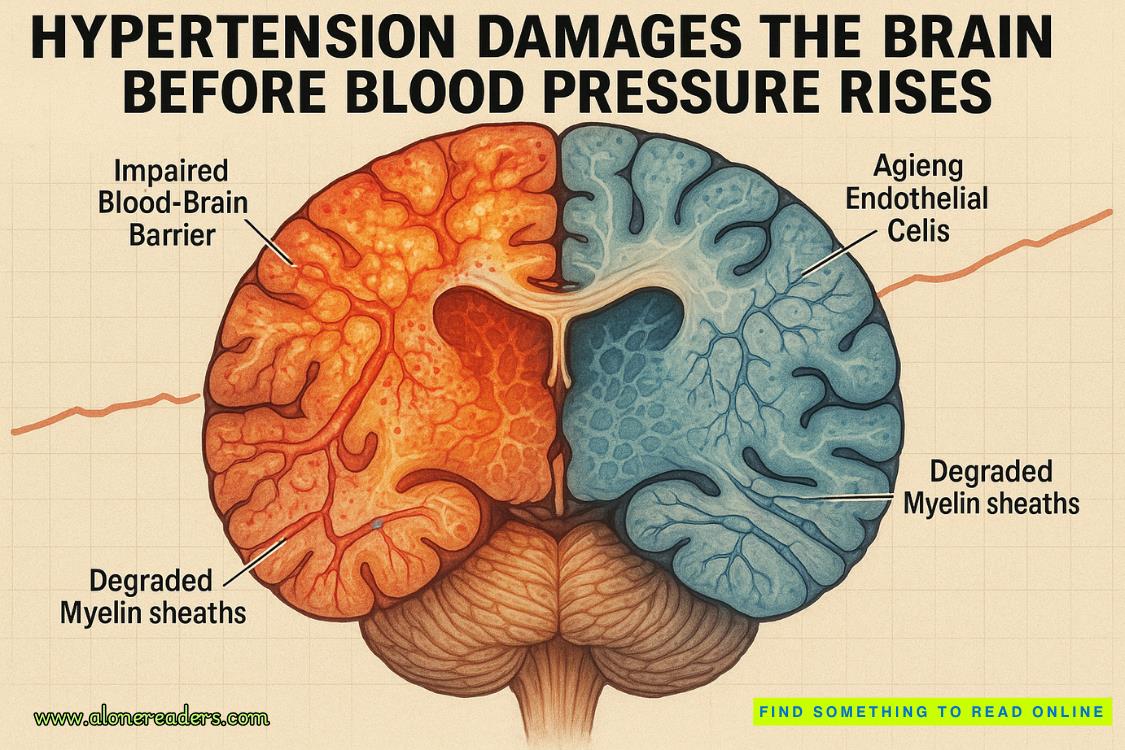Page 19 of Hunted By the Wraiths
Even I could feel it now. The bond trying to break through the conditioning. Trying to reconnect.
Fighting a war it couldn’t win.
But still fighting.
Just like us.
MARIS
Iinventoried what I had: Two bio-sealer cartridges. One coagulant pack. Three sterilization wipes. A small tube of synth-skin. Two doses of broad-spectrum antibiotic. One painkiller injector.
I inventoried what I needed: A full surgical bay. A trauma surgeon. About six liters of compatible blood. A gods-damned miracle.
This was going to be a problem.
I crossed back to Thoryn. He’d leaned against the wall, his head tilted back, his eyes closed. His scales flickered in the bad light. Gray-green. Then a flash of something else. Then gray-green again. Like a signal trying to get through a broken transmitter.
“I need to see the wounds,” I said.
He opened his eyes. They were completely exhausted.
“The shoulder first,” I said.
He shifted. Peeled his jacket off with his left hand. His right arm moved stiffly, and he made a sound low in his throat when the fabric pulled away from the plasma burn.
The edges were inflamed. Angry red around the burn site, the scales melted and fused into the damaged tissue. The bio-sealer I’d used before had held, but barely. Infection had started anyway.
Of course it had. We’d been running for hours. He’d been fighting. He’d been bleeding.
And I’d been close to him the entire time, forcing his altered biology to tear itself apart.
I opened the coagulant pack. “This is going to hurt.”
“Everything hurts.” His voice was flat. Matter-of-fact.
Fair point.
I pressed the coagulant into the wound. It fizzed on contact, a chemical reaction that forced the blood vessels to clamp down. Thoryn went absolutely still. Didn’t make a sound. Just locked every muscle and endured.
I counted to ten. Pulled the pack away. The bleeding had stopped.
I grabbed the bio-sealer. This was the expensive one. The kind that cost more than most people made in a month. The kind that could seal a sucking chest wound and keep someone alive long enough to get them to a real surgeon.
I had two cartridges. He had two wounds.
I pressed the applicator to the burn and squeezed the trigger. The gel spread across the damaged tissue, hardening on contact into a flexible seal. It would hold. For now.
“The side,” I said.
He leaned forward. Lifted his shirt.
The cut on his side was worse than I’d thought. Blood had soaked through the makeshift bandage I’d tied earlier, and when I peeled it away, fresh blood welled up.
I grabbed the second coagulant pack. I braced my hand on his uninjured shoulder to hold him steady. Pressed the pack in. Counted to ten again.
He went rigid. And under my palm, I saw it. The “glitch” from the fueling depot. His scales flickered, but right under my hand,the emerald scale flashed. It was stronger this time, holding for a full second before the gray slammed back down.
I finished sealing the wound, but my mind was racing. I didn’t dismiss it this time. It wasn’t a glitch. It was a response. I understood that my touch, while causing pain, was also fighting the conditioning. The true bond was answering me.
